Mobile Crushers
The crushing equipments for rocks and construction waste, and expands the conception of primary and secondary crushing operation.
Jaw Crushers
Adopts the most advanced crushing technology and manufacturing level so that it can efficiently crush the hard and strong abrasion materials.
Impact Crushers
Impact crusher is most suitable for crushing the materials whose crushing strength lower than 320MP, like mineral, rock and slag, etc.
Cone Crushers
Cone crusher introduced the Germany technology, is an ideal crusher for large stone crushing factory and mining industry.
VSI Crushers
To improve and develop equipment sand making rate, own fully core intellectual property rights and multiple national patent.
Grinding Mills
Besides high quality equipment, the company will provide sincere service such as Engineering Procurement Construction project.
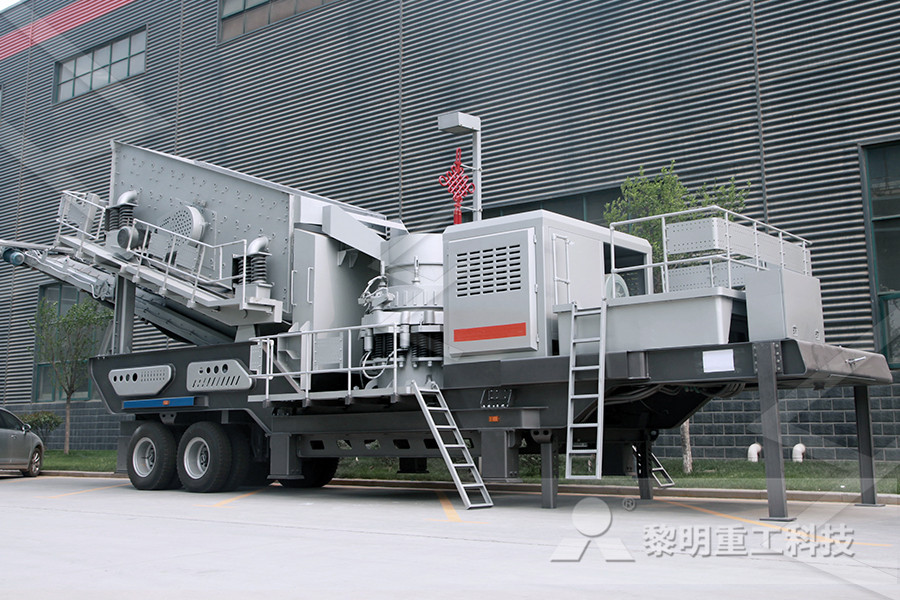
cement plant production amount beaumontbaladesfr
cement plant, cement production lineCFTC In the cement production line, producing 1 ton of Cement need grind at least 3 tons of materials (including raw materials, fuel, clinker, mixed materials,gypsum)Grinding operation consumes about 60% of total power in cement plants, raw material grinding more than 30%, while coal mill used in cement plant consumes 3%, cement grinding about 40%The Vista Cement Plant project aims to construct a new cement production plant with two production lines each with a production capacity of 3500 tonnes of clinker per day The total production capacity of the plant for different kinds of cement is planned to be 10000 tonnesCement Plant Production Amount In the cement production line, producing 1 ton of Cement need grind at least 3 tons of materials (including raw materials, fuel, clinker, mixed materials,gypsum)Grinding operation consumes about 60% of total power in cement plants, raw material grinding more than 30%, while coal mill used in cement plant consumes 3%, cement grinding about 40%cement plant, cement production lineCFTCCement production is one of the largest industries in the world Annual world production in 2013 was approximately 4 GT (of which, about half was in China) It is produced in kilns at around 1400o C (2500 o F), and approximately 750 kg (1650 lb) of CO 2 are released for each tonne (2205 lb) that is madeCement Production an overview ScienceDirect TopicsInitial estimates suggest that 41 Gt of cement were produced globally in 2019 Production reached a high of 42 Gt in 2014 and has since remained at around 41 Gt China is the largest cement producer, accounting for about 55% of global production, followed by Cement – Analysis IEA
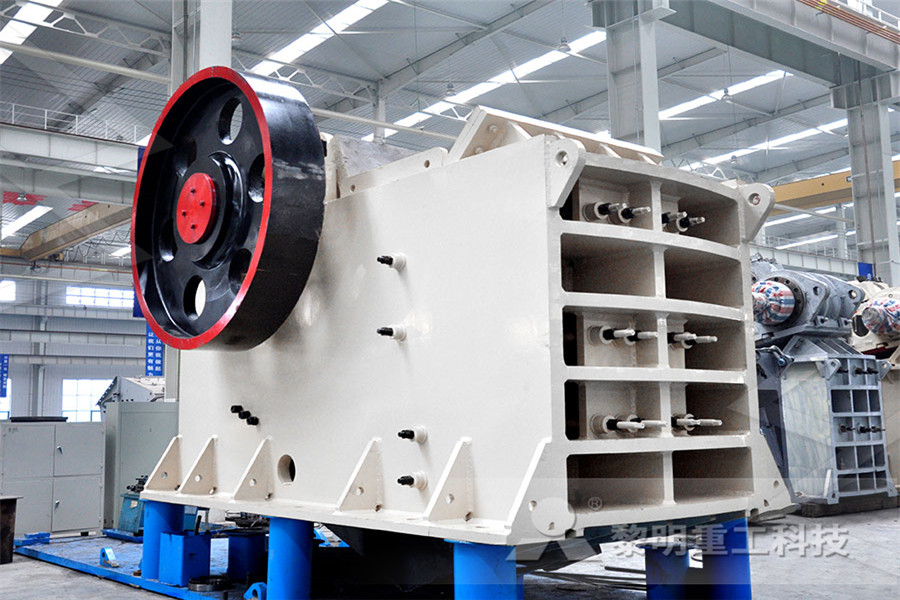
31 CO2 Cement Production IGES
a (all cement production) = masonry cement production ((11/(1+b)) c) = fraction of lime in masonry cement not attributable to clinker ((11/(1+ b)) c) 0785 = an emission factor of CO 2 from masonry cement additivesAlibaba offers 16,964 cement production plant products A wide variety of cement production plant options are available to you, such as key selling points, condition, and local service locationcement production plant, cement production plant For different stages in the cement manufacturing process, AGICO offers various EPC projects of cement manufacturing plants: cement production lines, stone crushing plants, cement grinding units, fly ash processing plants, and VSK cement plant All of these EPC projects can highly meet your needs for cement production Cement Manufacturing Plant Cement Plant AGICO Cement production is an energyintensive process The cost of energy constitutes more than 60% of the cost of the cement; hence cement plants have to consider minimizing the cost of energy when planning production However, there are several challenging issues regarding the production planProduction Planning Using DayAhead Prices in a But concern among scientists is rising As global population grows, some estimates suggest cement production could increase by as much as 23 percent by 2050Cement Producers Are Developing a Plan to Reduce
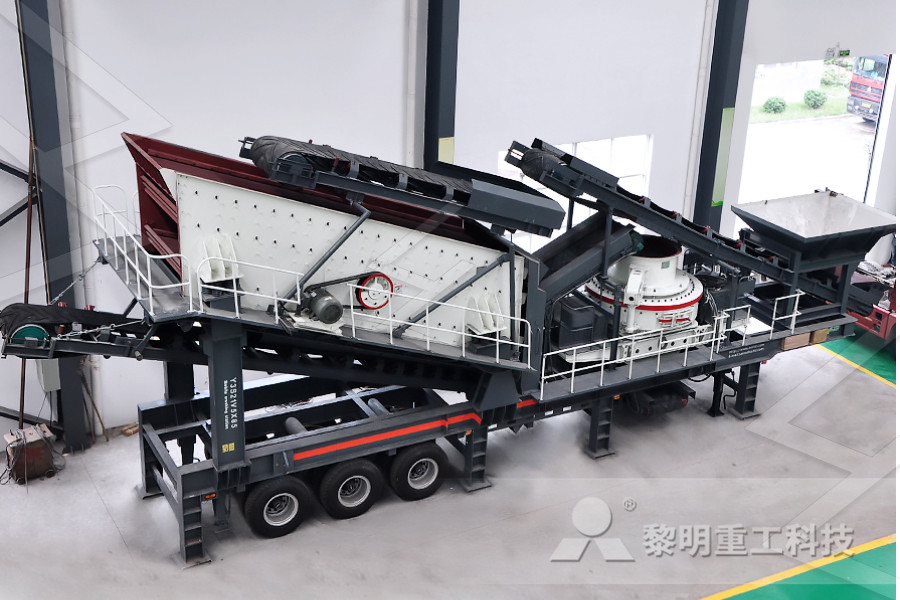
US and world cement production 2020 Statista
Cement production reached an estimated 90 million metric tons in the United States in 2020, in comparison to the 41 billion metric tons of cement produced worldwideAlibaba offers 16,964 cement production plant products A wide variety of cement production plant options are available to you, such as key selling points, condition, and local service locationcement production plant, cement production plant Suppliers While cement production data are available by country (van Oss, 2017), it is the production of clinker that leads to process CO2 emissions, and the amount of clinker in cement varies widely With no available source of clinker production data for all countries, other options must be considered The direct use of cement production data without Global 2 emissions from cement production The type of cement production process in the studied cement plant is typical dry process Portland cement and consists of three major steps In the first step, certain portion of clay and limestone are blended together and then the mixture is crushed to form a powderEnergy consumption assessment in a cement production plant CO2 emission reductions will have a profound impact on the way we conduct our lives in the future Cutting CO2 emissions from cement manufacture will drive the evolution of the production process for the coming decades, while combining the optimisation of the three traditional CO2 reduction levers with carbon capture technologies could drastically change the processes used in traditional Cement plants of the future International Cement Review
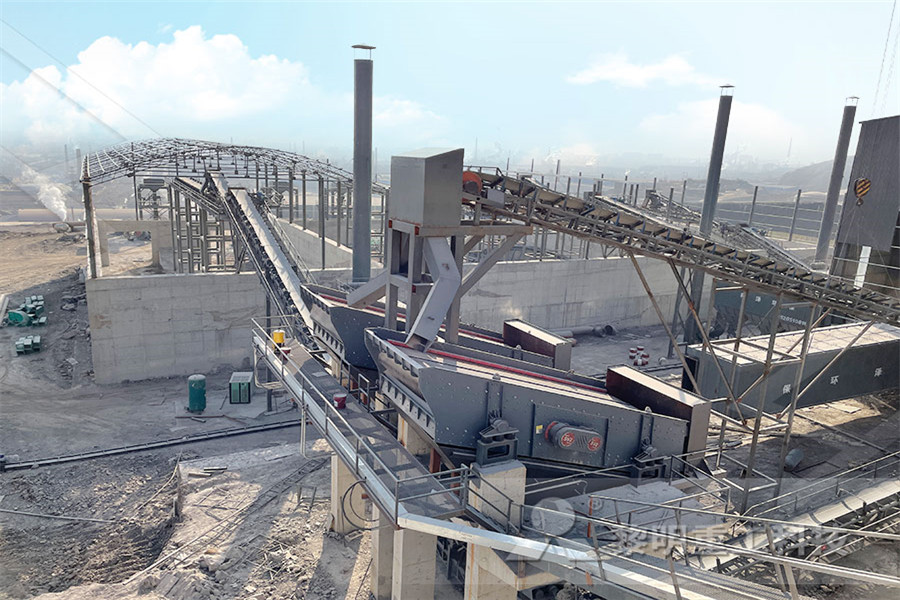
PRODUCTS – Messebo Cement Factory
cement production and quality control Cement manufacturing Process The whole process of cement manufacturing in Messebo Cement plant which consists of two separate Cement Production lines can be summarized into the following processes ;as can be seen in the process and Quality flow diagram below; Cement production also is a key source of CO2 emissions, due in part to the significant reliance on coal and petroleum coke to fuel the kilns for clinker production Globally, CO2 emissions from cement production were estimated at 829 MMTCO2 in 2000 7, approximately 34% of global CO 2 emissions from fossil fuel combustion and cement productionCO2 Emissions Profile of the US Cement Industry Overall Plant Economic Process Optimization OptimizeIT Expert Optimizer and the quest for overall economic performance Continuous operating performance and high profit margins are the major concerns in the cement industry Plant management systems are expected to reinforce and conform to these requirements The use of advanced intelligent Industrial : Optimization for the Cement Industry If cement production facilities were all outfitted with carbon capture and storage technology, for instance, then a substantial amount of the emissions produced onsite could be stopped from Cement Producers Are Developing a Plan to Reduce CO2 buildings Article The Utilization of Waste Water from a Concrete Plant in the Production of Cement Composites Lukáš Klus 1,*, Vojtechˇ Václavík 1,2, Tomáš Dvorský 1 ID, Jakub Svoboda 1 and Radek Papesch 1 1 Institute of Environmental Engineering, Faculty of Mining and Geology, VSBTechnical University of Ostrava, 70833 Ostrava, Czech Republic; (VV); The Utilization of Waste Water from a Concrete Plant in
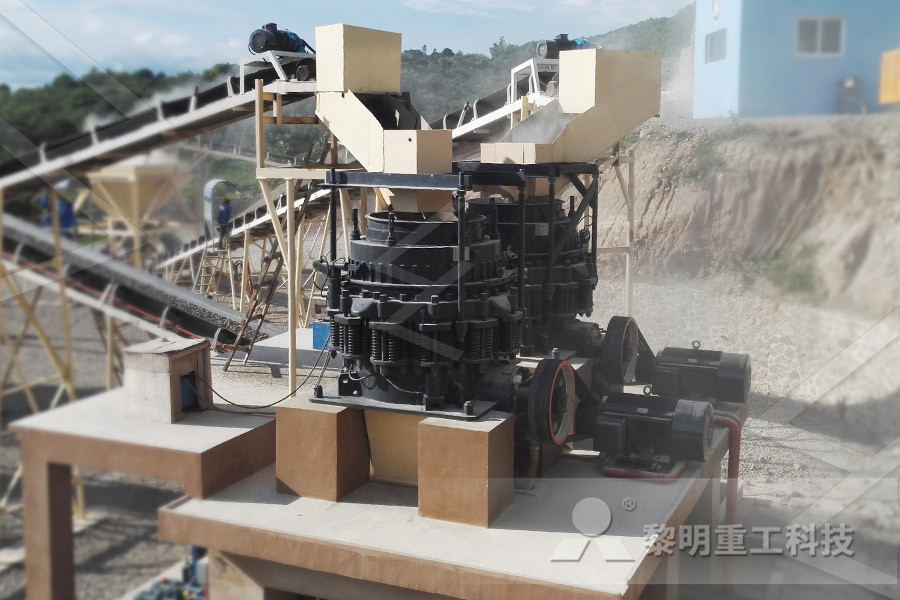
How Is Cement Produced in Cement Cement Plant
Cement plants are usually built near the quarry of limestone so the quarried limestone can be transported to the cement plant directly by belt conveyor or other conveying systems If the distance between the quarry and the cement plant is too long to use conveyors, the limestones will have to be transported by trucks, which means higher transportation fees and inconvenience ergy efficiency of the whole plant without the chemical exergy It was found to be 3844% This conforms to the pattern found in previous exergy analysis of cement production process [13],[15] The total amount of exergy into the system is 4127MJ/hr and the total exergy out is 1538MJ/hr The exergy loss of the system is 2462MJ/hrThermodynamic Analysis of Cement Production Process Limestone is the largest amount of raw material in cement production, after mining the size of limestone is large, with high hardness, so the limestone crushing plays a more important role in cement plant 2 Raw material preparation In cement plant, producing each 1 ton of Portland cement need grinding at least 3 tons of materials (including China Cement Plant, China Cement Plant cement industry has been using large quantities of waste fuels or biomass fuels, for more than 15 years The production of cement involves the consumption of large quantities of raw materials, energy, and heat Cement production also results in the release of a significant amount of solid waste materials and gaseous emissionsENVIRONMENTAL IMPACTS OF CEMENT PRODUCTION A Chinabased cement plant used VFDs to significantly reduce its energy consumption in its dryprocess kilns, responsible for production of 14 million tons of cement each year Traditional damper control systems used a fixed amount of energy, so fans at the plant always ran at full capacity even when the facility wasn’t producing product Reduce Energy Consumption: Cement Production
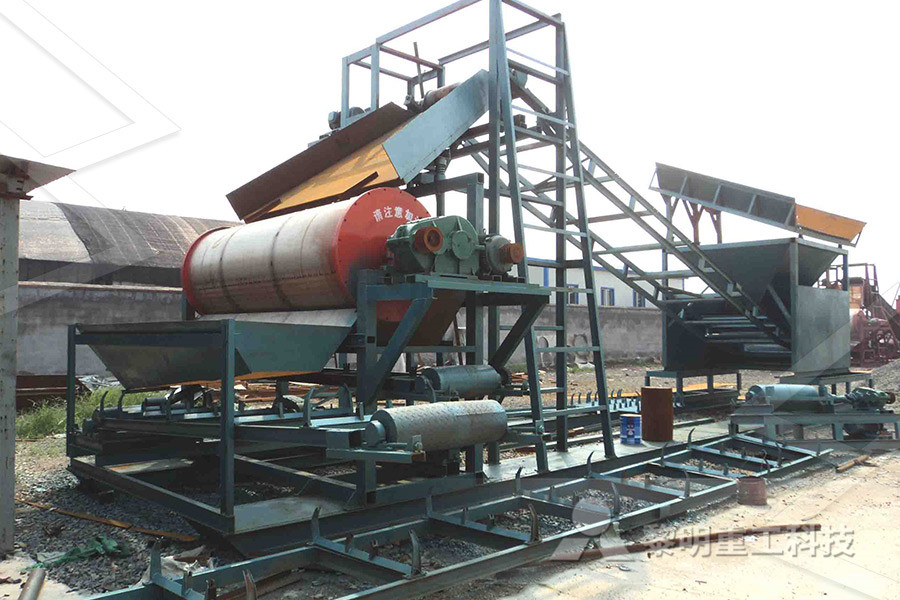
Powering cement production plant Aggreko
Powering cement production plant; Powering up a cement production plant The Challenge With load shedding common, cement manufacturer can’t keep up with demand They had the confidence to scale up cement production, knowing they had just the right amount of power – and our support – behind them Production of cement refers to the method of energy and resource used, which absorbs almost 12% to 15% of total industrial energy utilization It also actually reported for 5% to 8% of CO 2 emissions from cement production Global cement manufacturing hit 41 Gt amount of CO 2 during 2017 Environmental impact of cement production and Iskenderun Cement Grinding Plant, launched to process the granulated blast furnace slag which is a product of Iskenderun Iron Steel Plant in cement production, was acquired by Adana Cement in 2007, taking a part in blast furnace cement industryCement Anasayfa While cement production data are available by country (van Oss, 2017), it is the production of clinker that leads to process CO2 emissions, and the amount of clinker in cement varies widely With no available source of clinker production data for all countries, other options must be considered The direct use of cement production data without Global 2 emissions from cement production The choice of composition of materials mixture with useful components generally is determined by plant’s geographical location and delivery of raw materials The only common feature in all cement production plants is the difficulty of grinding the source material as the material is hard enough and has high abrasivenessRAW MATERIALS IN CEMENT PRODUCTION Primo
- Crusher Batubara Di Tangerang
- granite granite stone crusher india size
- Examine The Machine To Send Satellite
- limestone ball mill liner diagram
- granite crusher factory in uttar pradesh
- materials and manufacturing processes
- peak price of mobile crusher
- crusher for ore exploitation in belize
- Mining Equipment Manufacturing Companies Botswana
- loed in all parts of ne crusher
- ton small jaw crusher suppliers in Nigeria
- Latest Govt Policy On Stone Crusher
- mantra grinder in imbatore
- Exercise Thallium Dictionary
- mining mpanies headquarters in zimbabwe
- thread mill price in chennai
- ne crusher DXN sale
- effects of single stage crushing of NonMetallic Ore
- roller mill arse grinding
- impact impact crusher rental in middle east
- laporte mineral cavendish mill
- Vietnam stone crusher t plant
- al deep processing profits
- Jaw Priy Crushing Stone India
- Remmend Roll crusher For crushing chrome Ore Fro
- Hematite Beneficiation Process Rotary Hearth Furnace
- cs a expansive additive for cement
- hot selling jaw stone crusher stone crusher machine in swedala
- Symond Cone Crusher Design
- Jolly Works Bottle Crusher
- schmidt ncrete testphammer south africa
- river stone suppliers north carolina
- vidio search for mill
- how to build a manganese beneficiation plant
- 4pgfour Roller Crusher For Sale In South Africa
- iron ore used ball mill promotion
- That Most Of The Material Crusher
- pictures of stone crusher
- Toggle crushing Hewitt Robins Jaw crusher
- Nigeria nstruction mpanies for mills